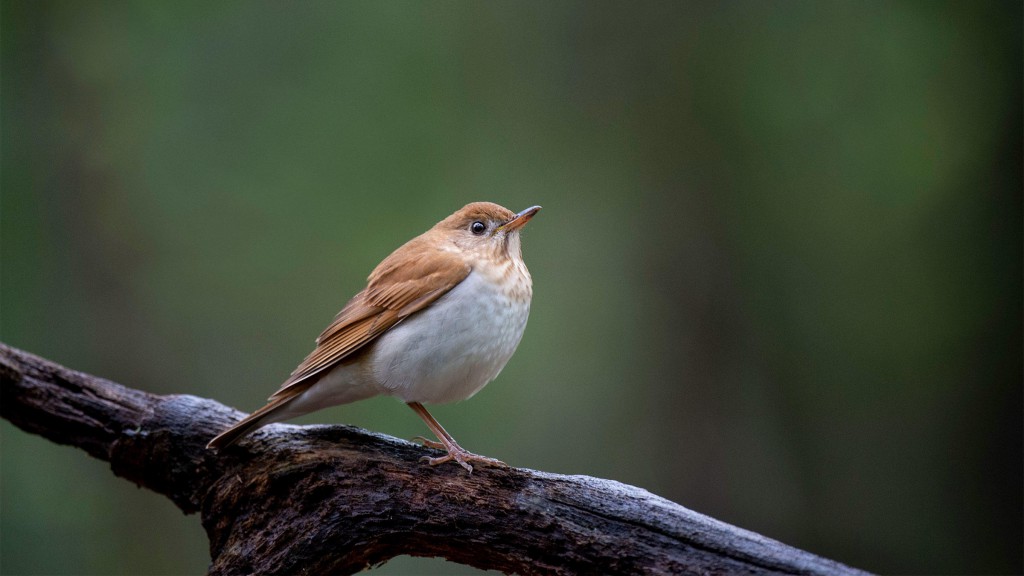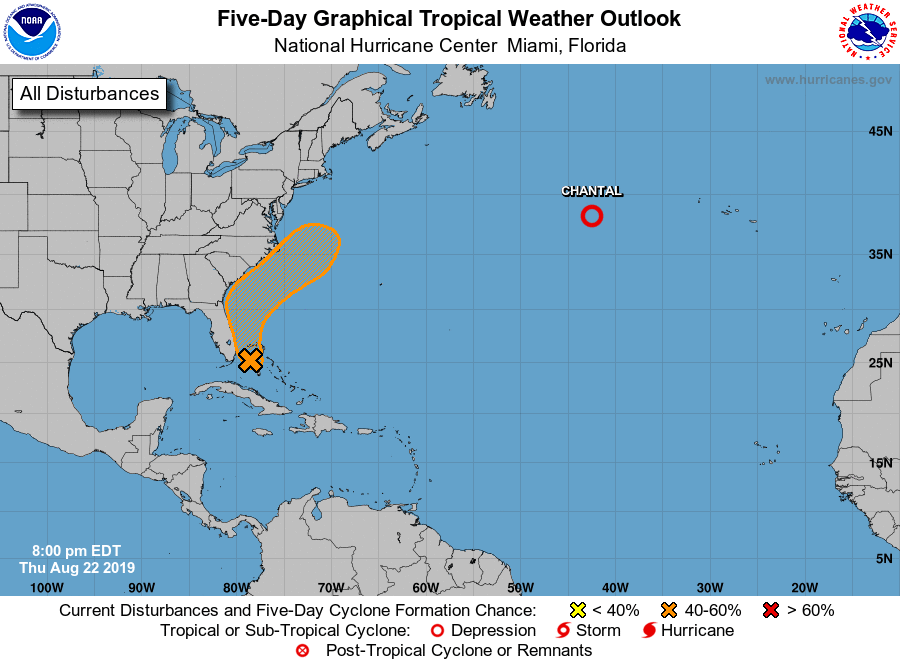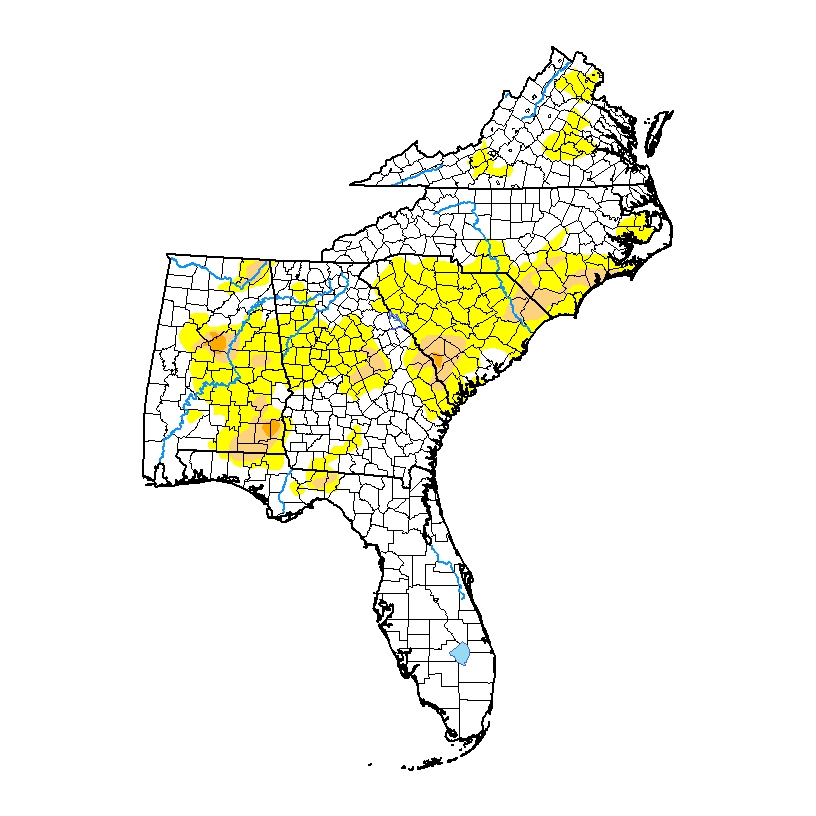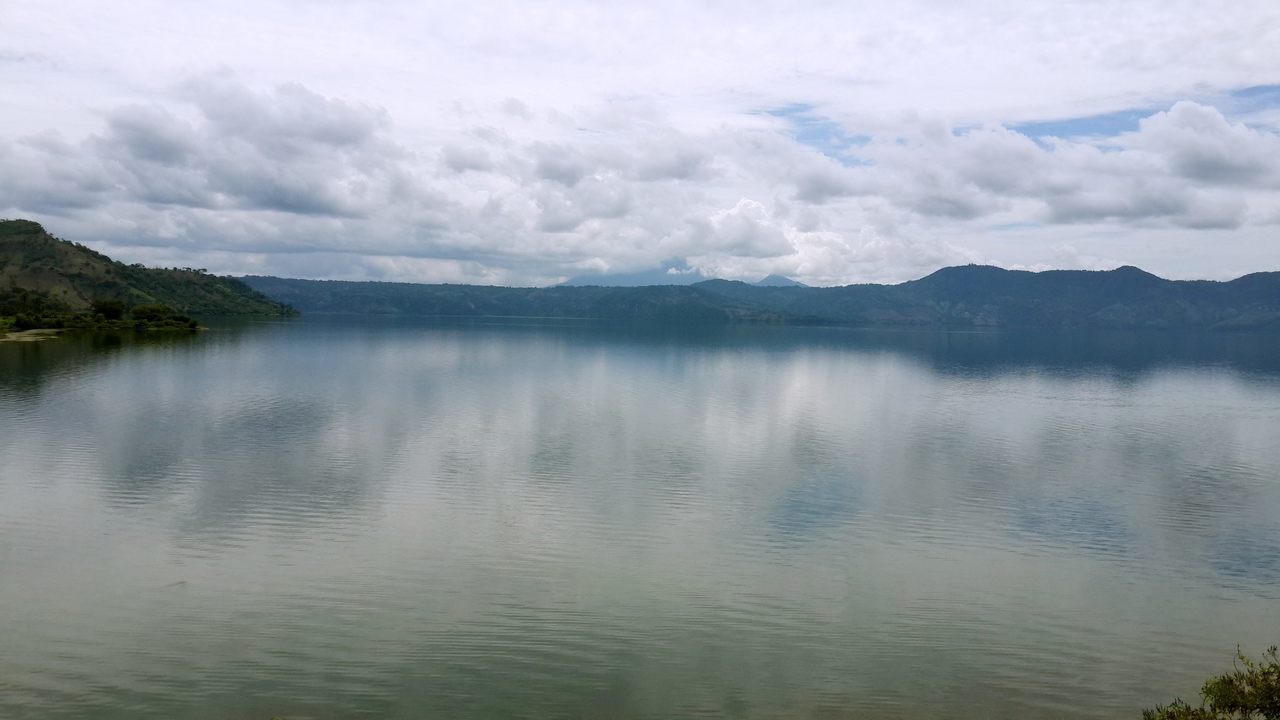-

Here is an interesting story about the prediction of Atlantic hurricane seasons by a type of bird called a veery, as published in Audubon magazine. A study by an ornithologist showed that in years which turned out to have bad hurricane seasons, the birds finished their nesting seasons early to prepare for their migration to…
-

The NWS Southeast River Forecast Center released their monthly video on the outlook for water resources in the Southeast earlier this week. It has a lot of summarized information on past rainfall amounts as well as a detailed outlook for the next few months. You can view the video on YouTube at https://www.youtube.com/watch?v=MqSjVTfvgyw&feature=youtu.be.
-

WebMD posted a story about the likelihood of a “brutal” ragweed season in the next few weeks across the US. Ragweed grows best when temperatures are hot and moisture is plentiful. There has been enough of both earlier in this growing season to cause worries that a large ragweed population may bring lots of pollen…
-

The tropics are starting to become more active, which means that those of us in the Southeast need to start watching more carefully. Today the National Hurricane Center’s 5-day forecast shows an area of 50 percent chance of development in the next five days along the east coast of Florida extending up to the Outer…
-

The latest Drought Monitor, released this morning, shows that the overall coverage of dry conditions and drought in the Southeast has changed little from last week. However, there have been some shifts in where the driest areas are. While improvements were seen in Virginia, North Carolina, Georgia and Florida, dry areas expanded in Alabama and…
Posted in: Drought -

The Southeast Farm Press posted a story this week about three important temperatures to know for corn development and damage. The three temperatures are 86 F, 95 F, and 110 F. To find out why they are important, visit the article here to read more.
-

We know from previous experience that large volcanic eruptions like Mount Pinatubo in 1992 can push aerosol droplets high into the atmosphere, reflecting incoming sunlight and causing a cooling effect that can last for several years. A new research report published this week shows that a mysterious eruption that caused global cooling in the 6th…